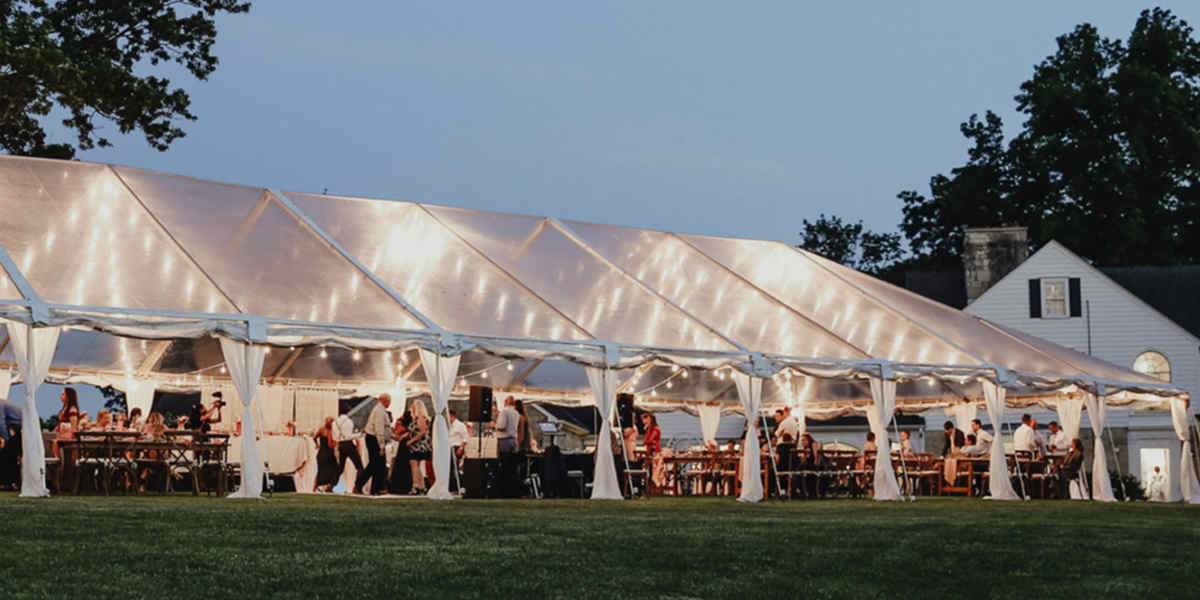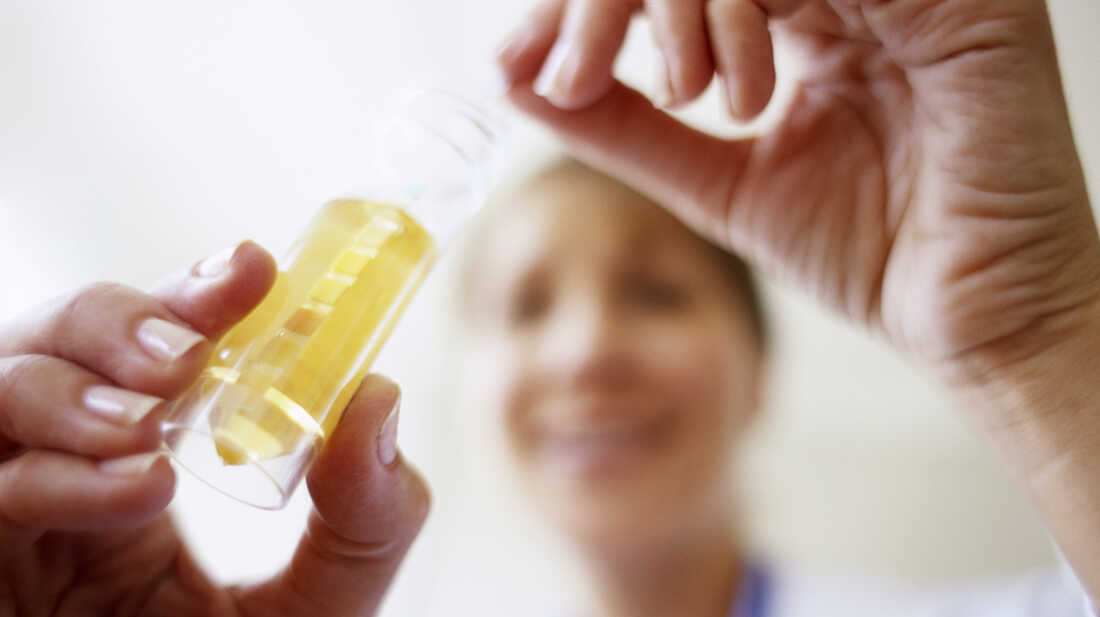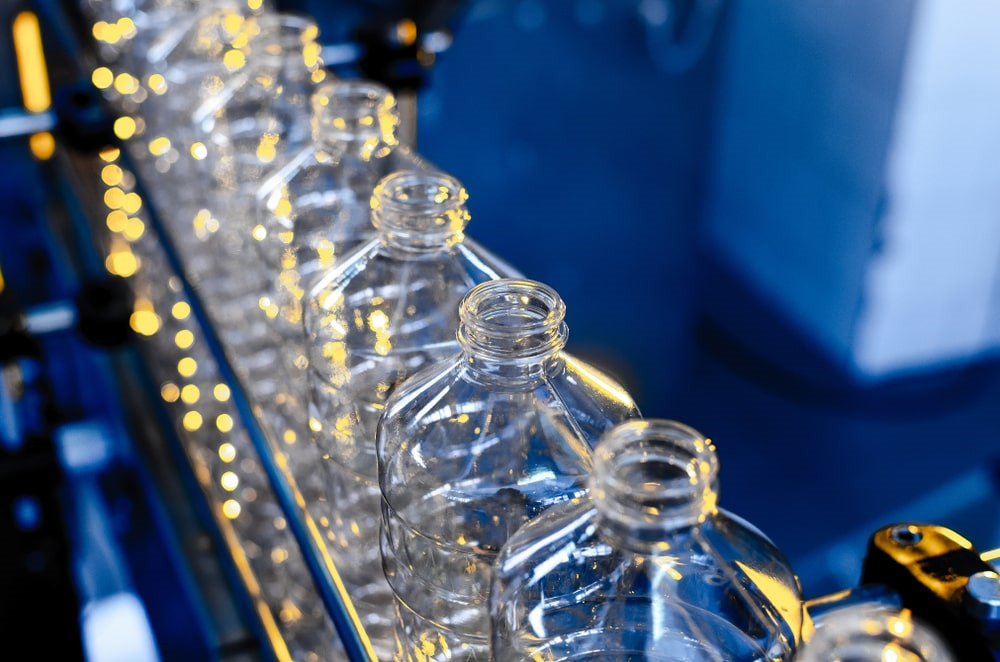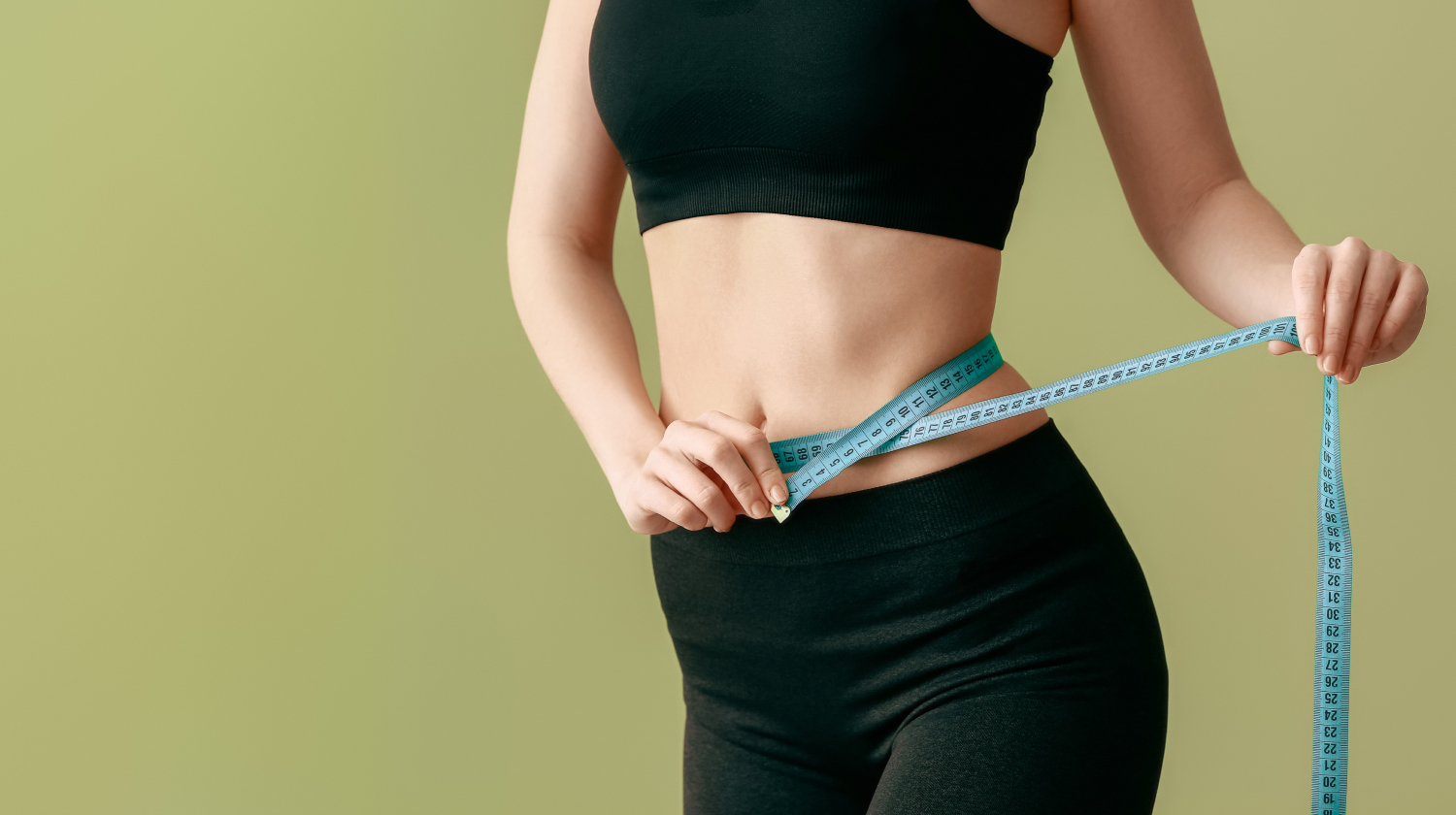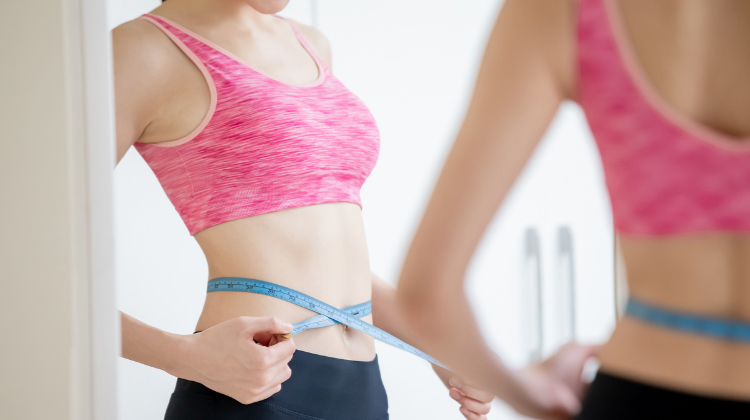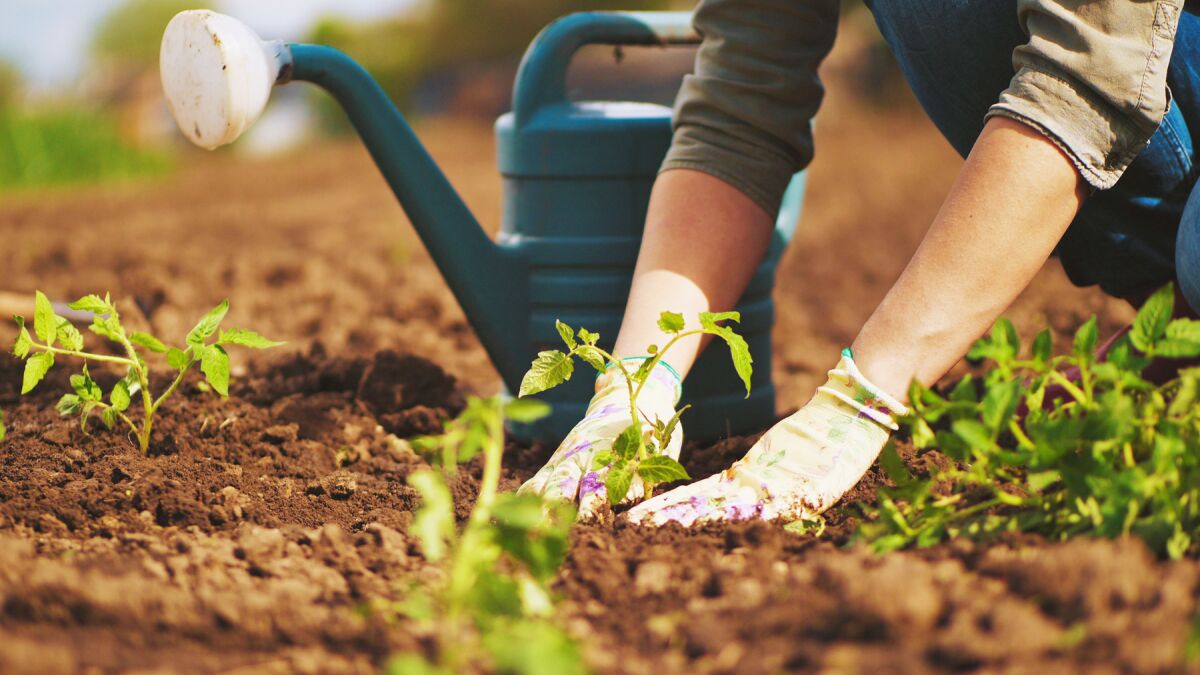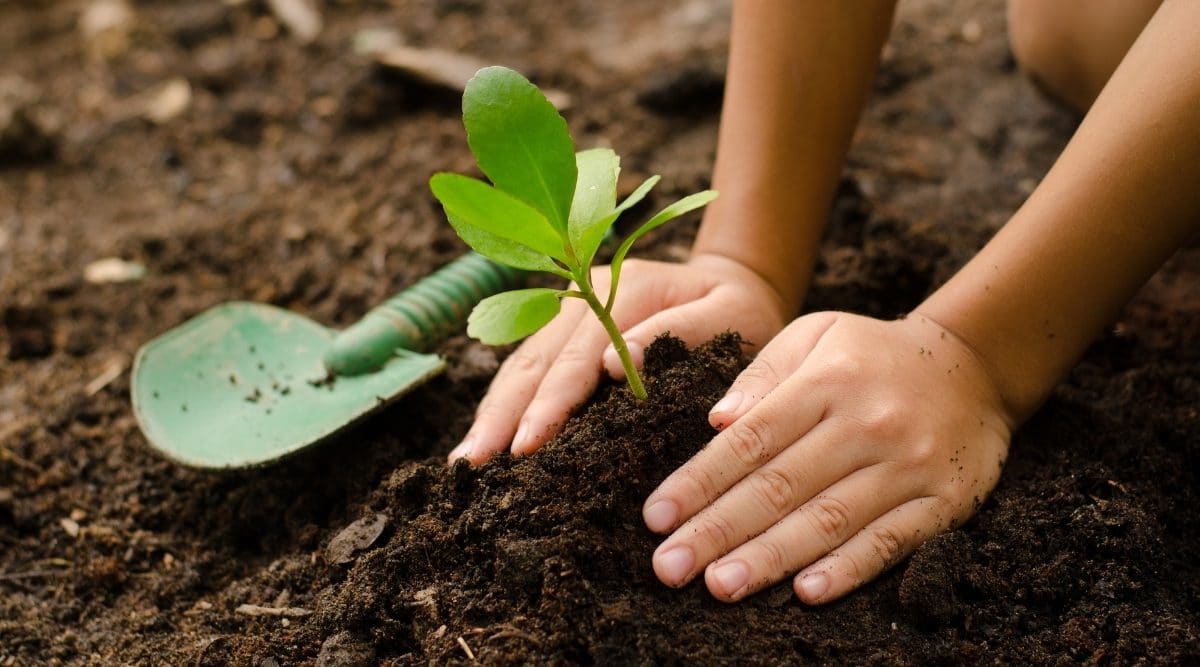The international campaign to manage the outspreading plastic waste is amongst the fastest-emerging environmental causes ever initiated. Still, it has not been sufficient to make any impact on the constantlyrising tonnage of waste plastic that lands up in the landfills, seas, and oceans.
To support the statement with the data, we produce 360 million tons of plastic waste every year with 180-200 million tons of those ending up in landfills and 8-10 million tons in oceans. That is over 50%. Ask about leaving a mark on the planet and we’re leaving no stone unturned.
Although, not everything is gloomy. Some scientists have undertaken the daunting challenge to make large chunks of those plastic waste disappear.
How, you ask? The answer is as plain as “vanilla”. To use them as a food ingredient and eat them away, no kidding. Yes, you heard that right. This impossible transformation of plastic waste into safe and edible ingredients has been proved attainable in a study that convertedpolyethylene terephthalate(PET) water bottles into vanillin, also known as artificial vanilla flavoring.
Plastic bottles or PETs have been converted into vanilla flavoring through genetically engineered E. coli bacteria, making it the first time a useful and scarce chemical has been derived from plastic waste.

Plastic Problem
About 1 million plastic bottles become part of the supply chain every minute, worldwide. And only about 1/6th of that turn up for recycling. Plastics lose about 90% of their strength and value as a material after first use. This discourages many recyclers from opting to recycle plastics for further use. Albeit, the innovators have found ways of turning plastic bottles into more lucrative products, the demand for them remains subdued and some of them merely re-introduce the waste in another form. This leaves us with the key problem of how to deal with the plastic that our planet has amassed over the years.
Can we do anything else with plastic besides making more of them?
Making it Edible
While recycling the PETs might be a step in the right direction, it forms a never-ending plastic loop.
It is because of this very reason that, although some or rather many of us might question the scientists for their unconventional way of dealing with the problem, they deserve more credit for their commendable efforts and pragmatic approach.
Researchers have bio-engineered enzymes to break down the PET (polyethylene terephthalate) bottles into smaller and basic units, terephthalic acid (TA). TA has further been converted to vanillin usingbugs.
Just in case you were wondering, how many cakes and ice creamswe would have to eat before we didn’t have any plastic waste left, let me tell you vanillin has many other uses apart from being used as a food flavoring agent.

